(NLDO) - The most devastating mass extinction on Earth happened just a few million years before the dinosaurs appeared. The culprit was "super El Nino".
A team of scientists from China, Britain, Germany and Austria led by geologist Yadong Sun from the China University of Earth Sciences developed models of ocean currents and the atmosphere 252 million years ago to learn about the most catastrophic event that occurred before the appearance of dinosaurs.
The catastrophic event referred to as the Permian-Triassic extinction, nearly ended the evolutionary path of life on Earth. Fortunately, a few survived.
The disaster wiped out about 96-97% of marine species and more than 70% of terrestrial species.
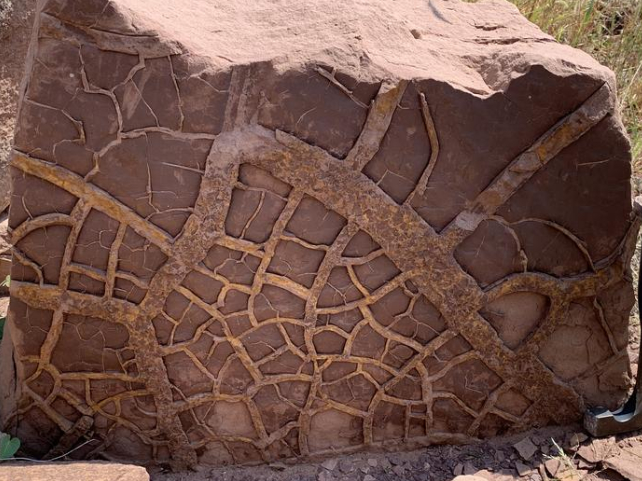
An ancient stratigraphic section shows the arid surface at the transition from the Diapsid to the Triassic, suggesting a super El Niño once existed - Photo: UNIVERSITY OF LEEDS
The ancestors of the dinosaurs were lucky to survive this event, turning the devastated world after the disaster into an opportunity to start a monster age that lasted for 3 periods Triassic - Jurassic - Cretaceous.
With just a little more bad luck, dinosaurs would not have appeared on Earth and even today's Earth would no longer have life.
What triggered the Diapsid-Triapsid extinction remains unclear.
According to evidence collected from around the world, before the "doomsday" 252 million years ago, the Earth's biosphere was very vibrant.
Diverse aquatic life evolved in a superocean surrounding a single supercontinent. On that supercontinent, conifers evolved into dense forests as the four-legged ancestors of modern mammals, birds, and reptiles scurried beneath the canopy.
Everything seems fine, but something is quietly eating away at life.
Of the existing families of tetrapods, only 10% would continue to produce future generations. Millions of years later, marine species began to disappear one by one, until only about a fifth of them remained.
Never before has the world seen so much loss of life, leading researchers to question why this period was so toxic.
Scientists have found a huge layer of igneous rock in what is now Siberia, indicating a period of prolonged volcanic activity that spanned the transition between the Bi-Triassic and Triassic periods, a remarkable coincidence exactly 252 million years ago.
Piecing together other evidence, the team suspects a series of knock-on effects from the repeated volcanic eruptions.
This process could strip away the ozone layer or cause a hole, releasing enough carbon dioxide to warm the atmosphere, while bacterial growth would flood the oceans with oxygen before sucking it back in.
Analyzing oxygen isotope ratios in fossilized teeth of ancient marine creatures, researchers found evidence of climate shifts similar to today's El Niño phase of the Southern Oscillation.
The El Nino events that cause problems for humans today, such as torrential rains in one place and droughts in another, are enough to cause trouble for the biosphere even if they only last for 1-2 years.
However, at the end of the Pleistocene, there was a prolonged and intense super El Niño that lasted for centuries.
Models show this could easily cause a mass extinction, even an apocalypse.
That could happen again if humanity continues to emit massive amounts of greenhouse gases, mimicking the effects of ancient supervolcanoes.
The Earth could once again recover its biosphere through the survival of rare species, much as the dinosaurs did. But that is clearly not what anyone wants, because most life would have to be wiped out in the first place if a super El Niño were to happen again.
Source: https://nld.com.vn/tham-hoa-khien-khung-long-suyt-khong-ra-doi-co-the-lap-lai-196240915104318756.htm






![[Photo] Dan Mountain Ginseng, a precious gift from nature to Kinh Bac land](/_next/image?url=https%3A%2F%2Fvphoto.vietnam.vn%2Fthumb%2F1200x675%2Fvietnam%2Fresource%2FIMAGE%2F2025%2F11%2F30%2F1764493588163_ndo_br_anh-longform-jpg.webp&w=3840&q=75)

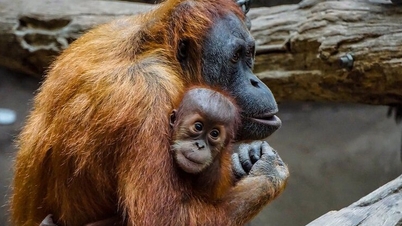





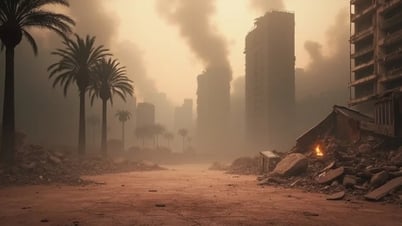

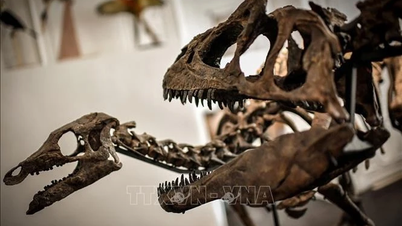
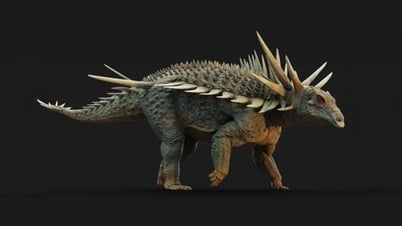





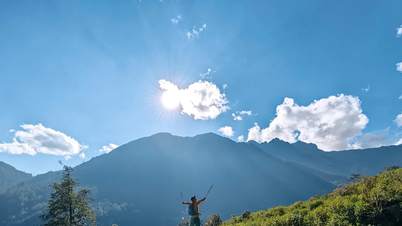




















































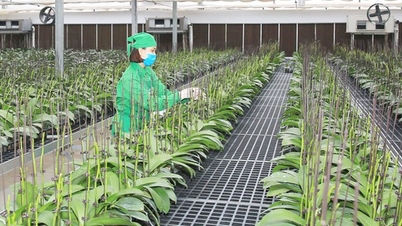












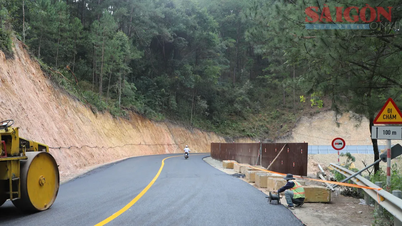











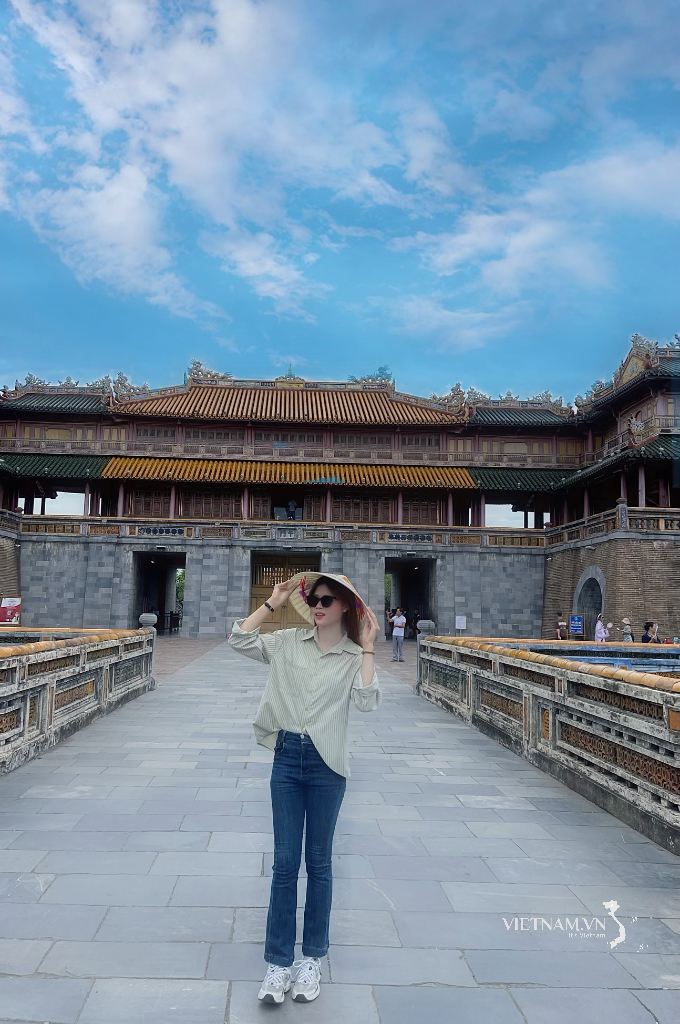


Comment (0)